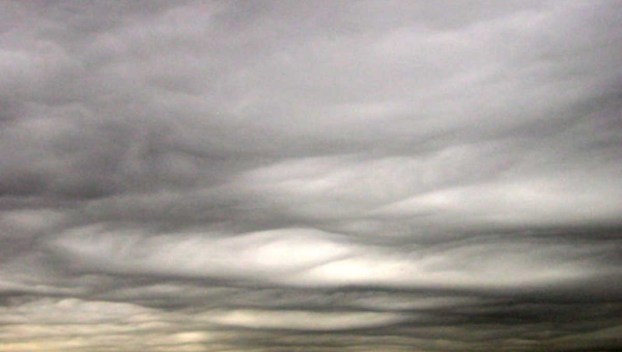
Uncategorized
Scientists published climate research under fake names. Then they were caught.
The scientists briefly known as Den Volokin and Lark ReLlez believed they had found something big. Read more

The scientists briefly known as Den Volokin and Lark ReLlez believed they had found something big. Read more